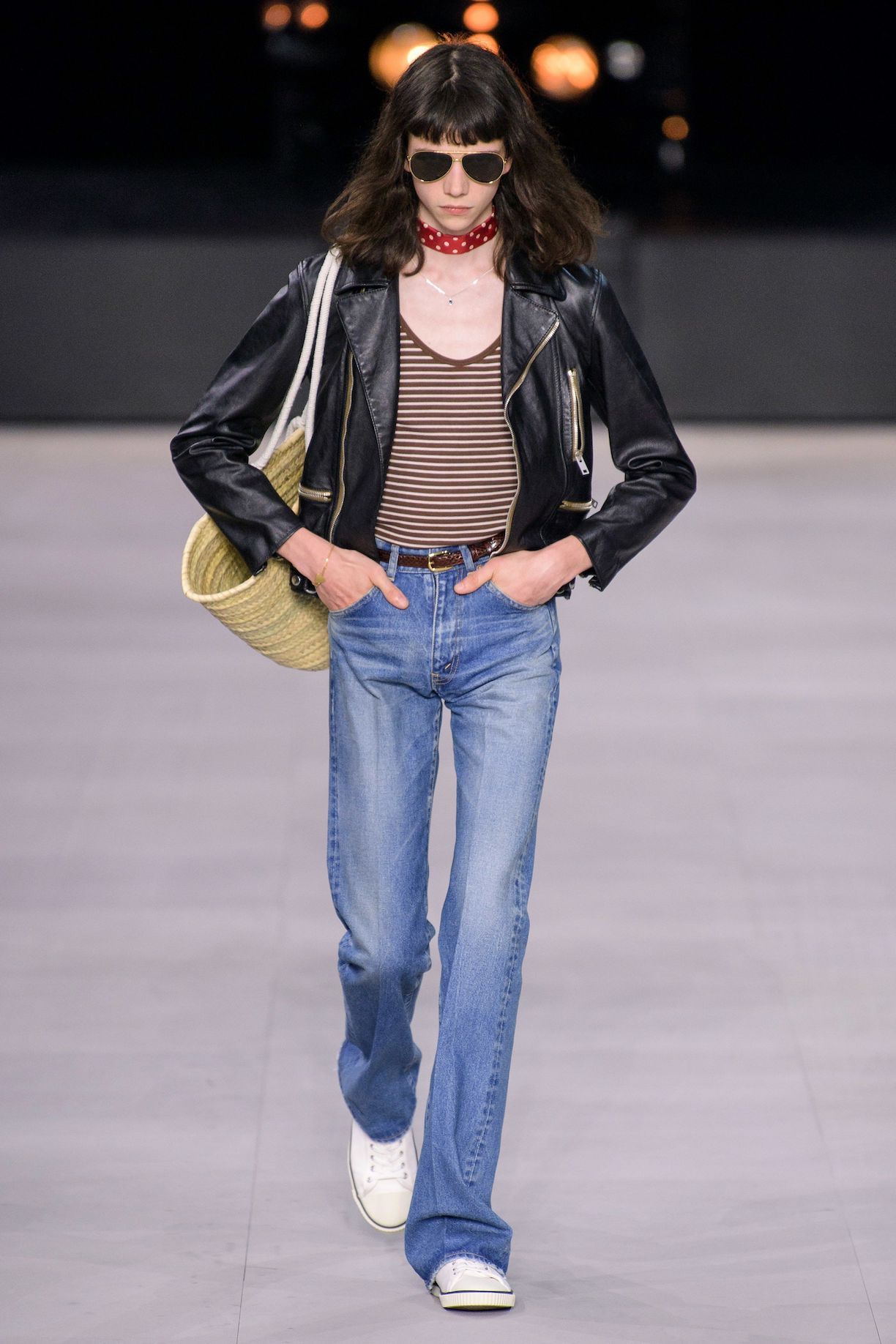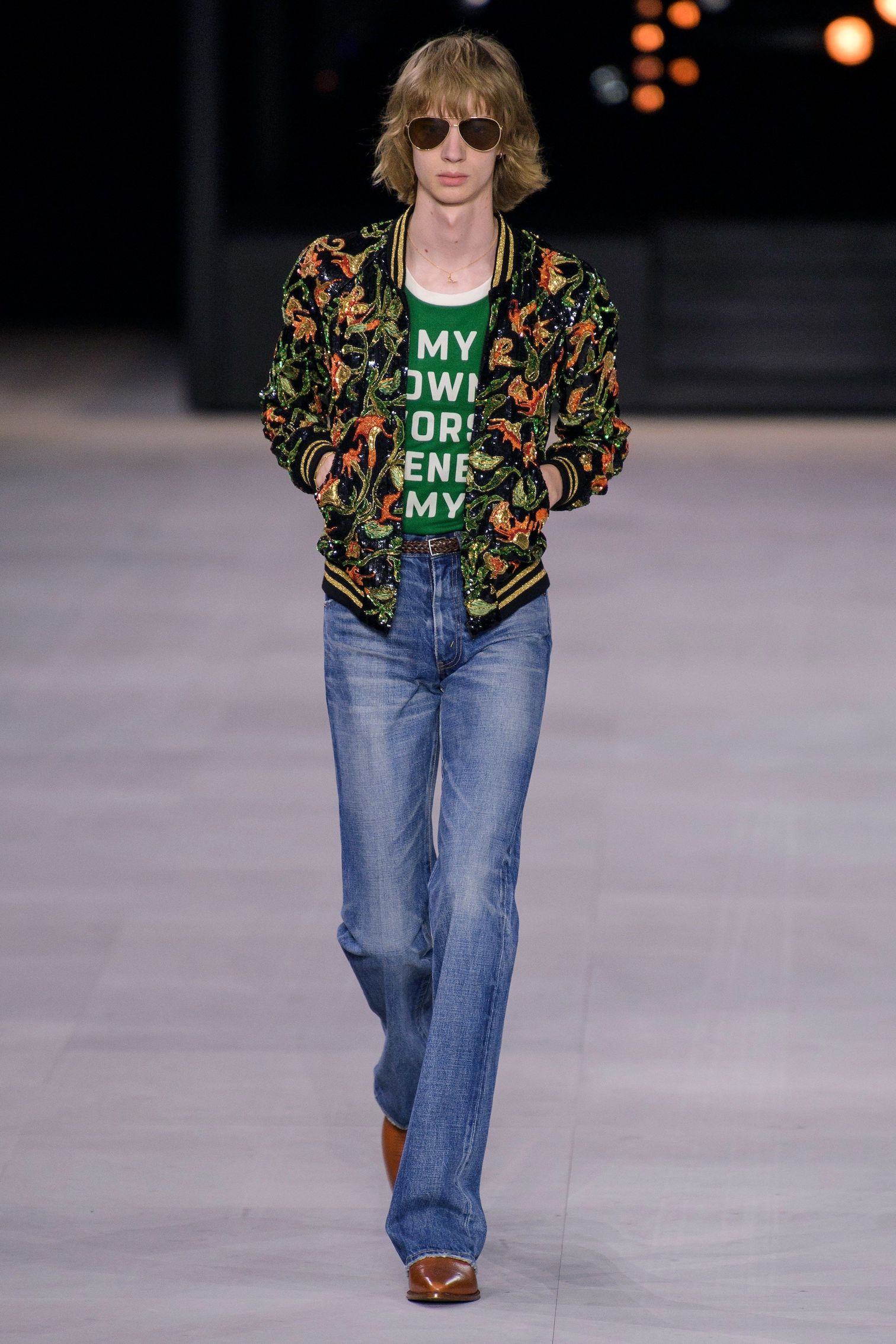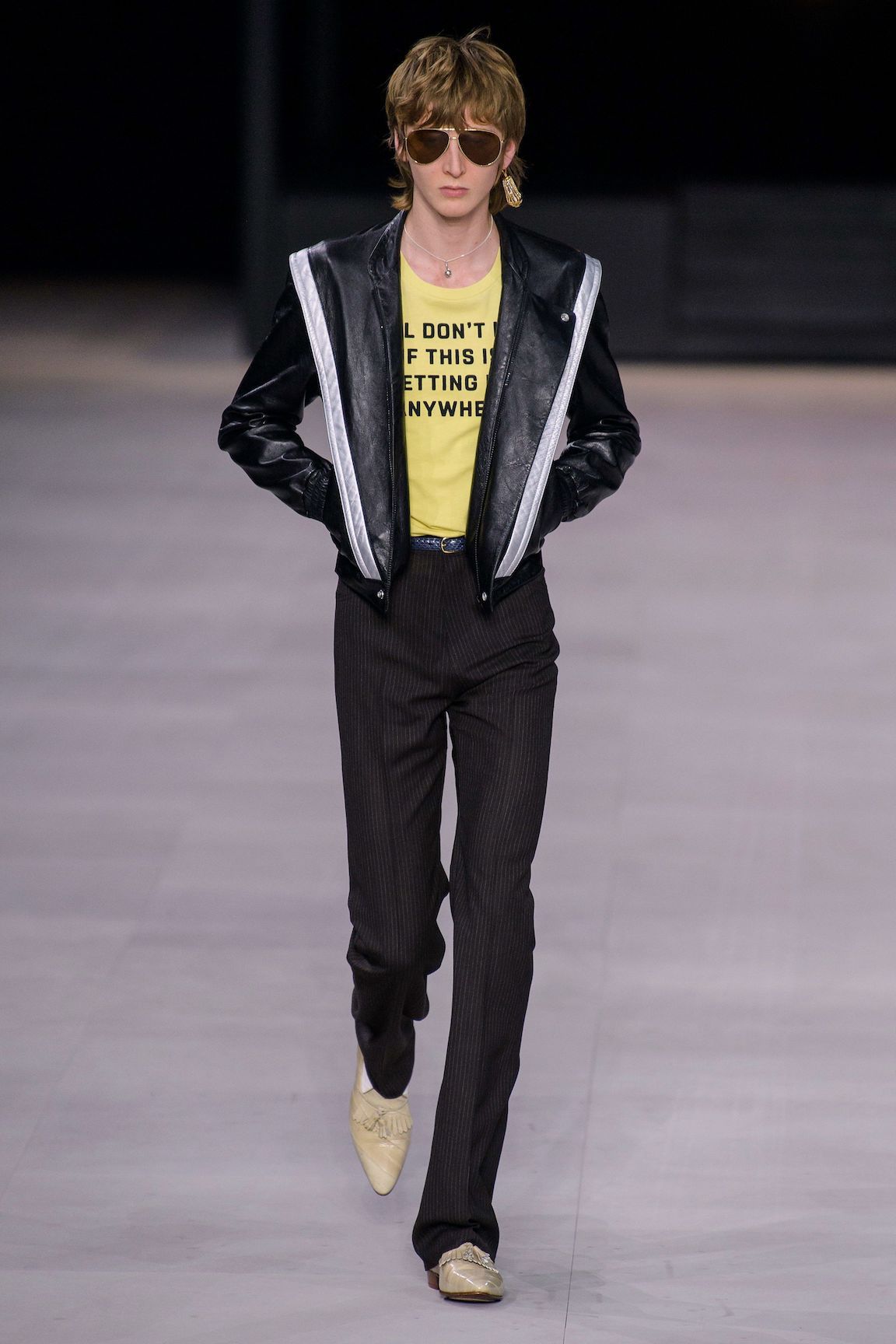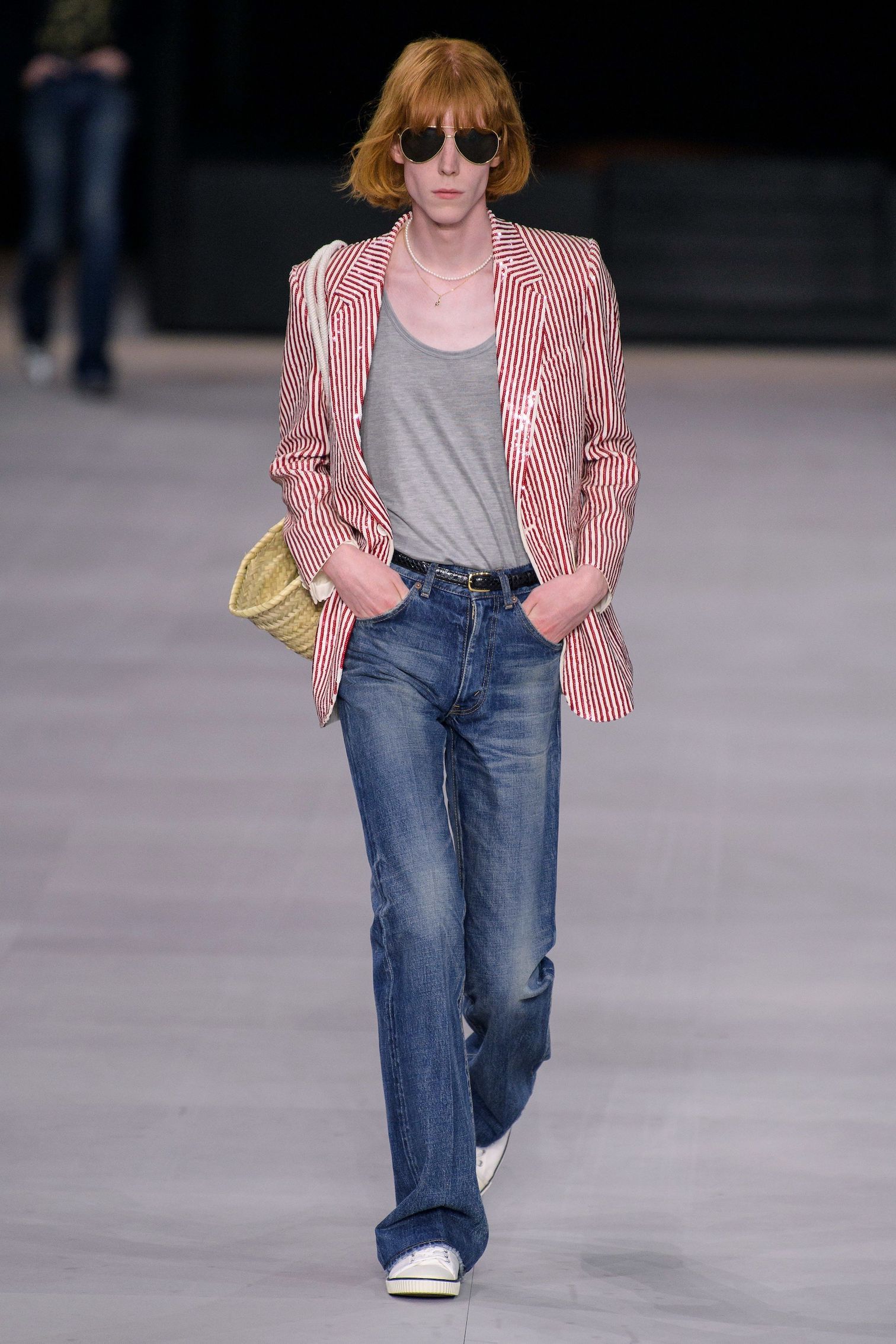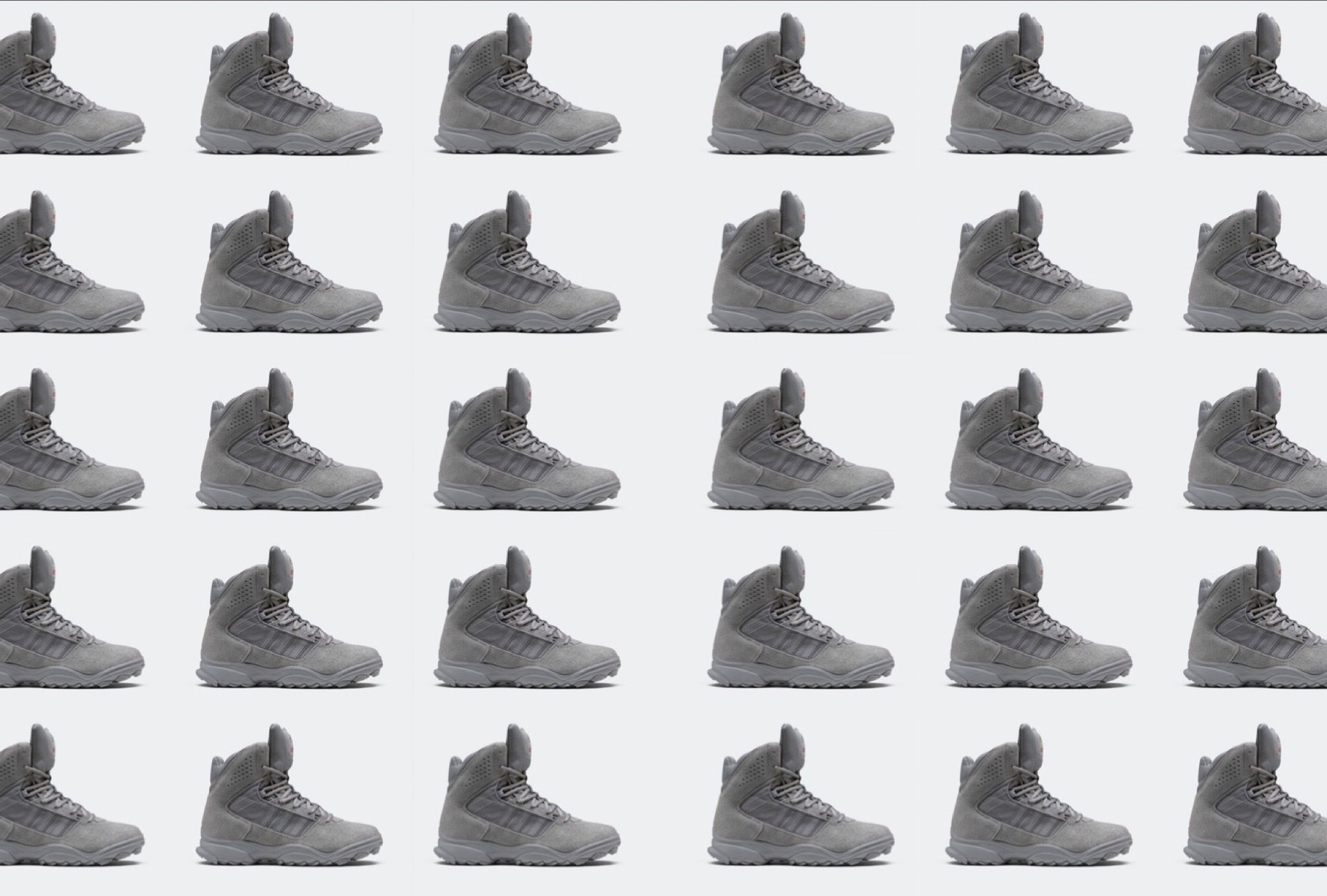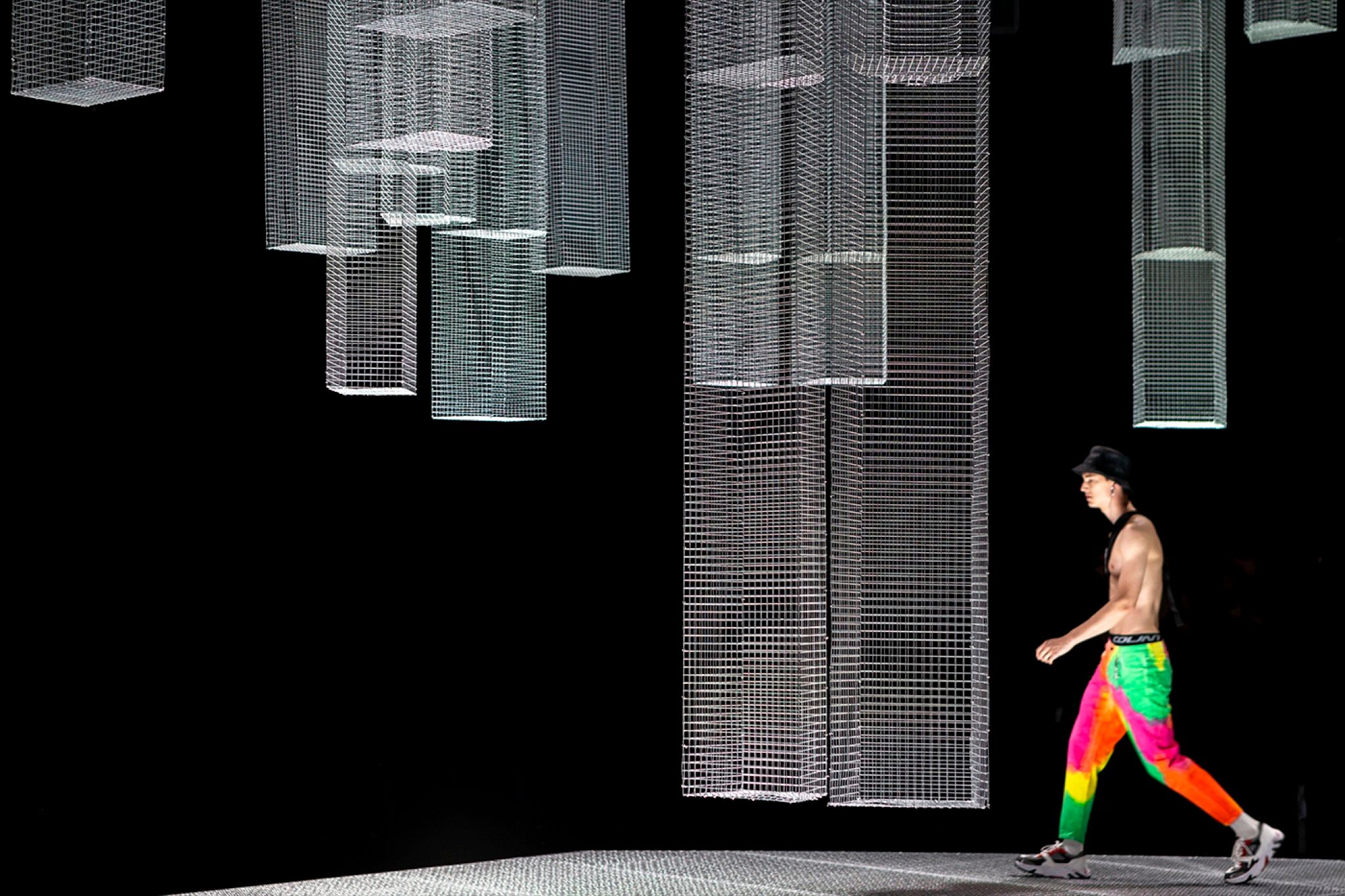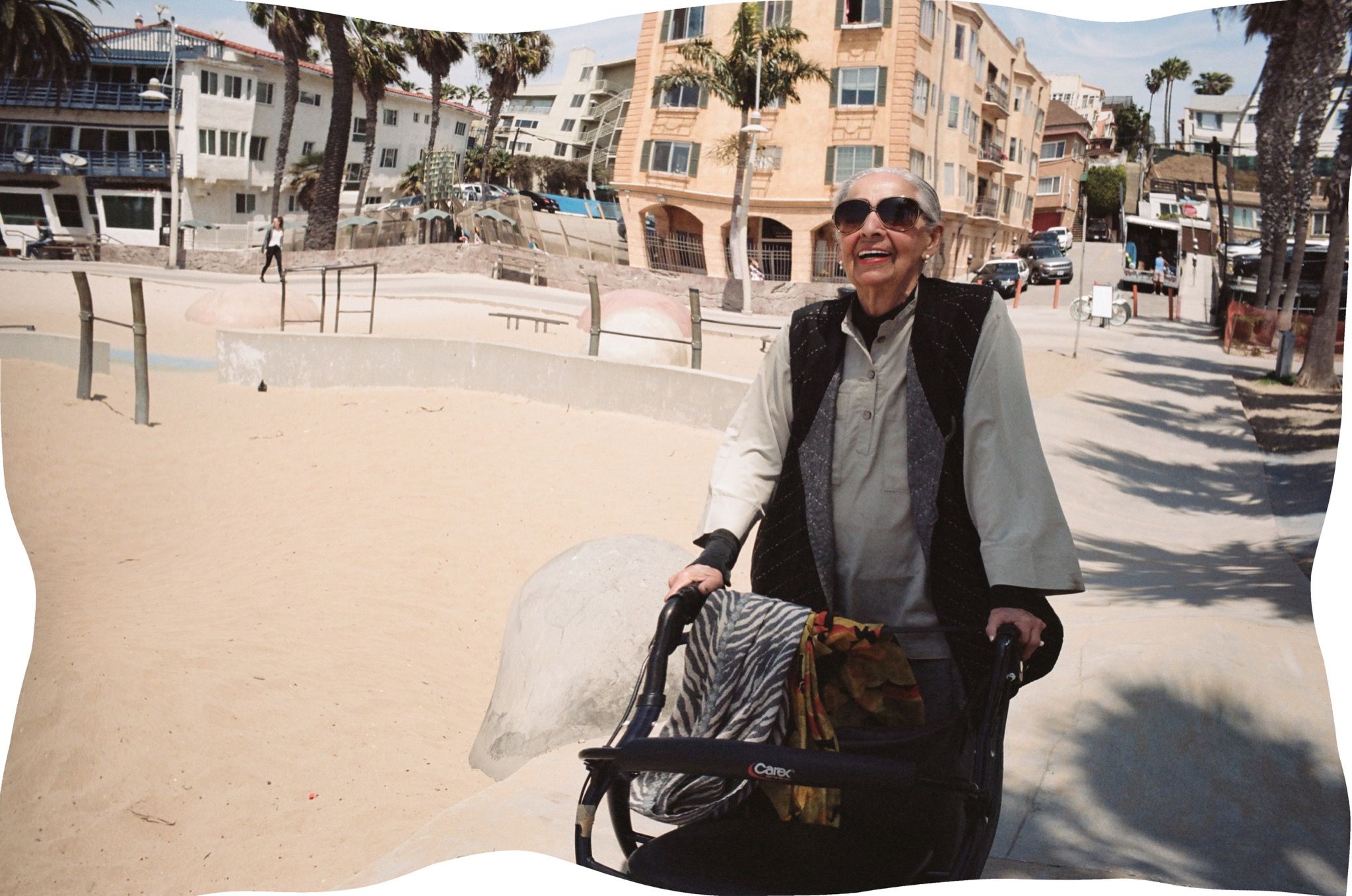There Is No Irony Here: Artist DAVID KRAMER on humor, Hedi Slimane, and adapting his work for CELINE
In the days leading up to the CELINE 04 MEN SUMMER 2020 show last Sunday evening, Hedi Slimane’s latest menswear show was teased on Instagram, where slogans such as “There is no irony here,” “Yesterday was better,” and “I am still waiting on my Hollywood ending,” appeared in colorful, animated vignettes.
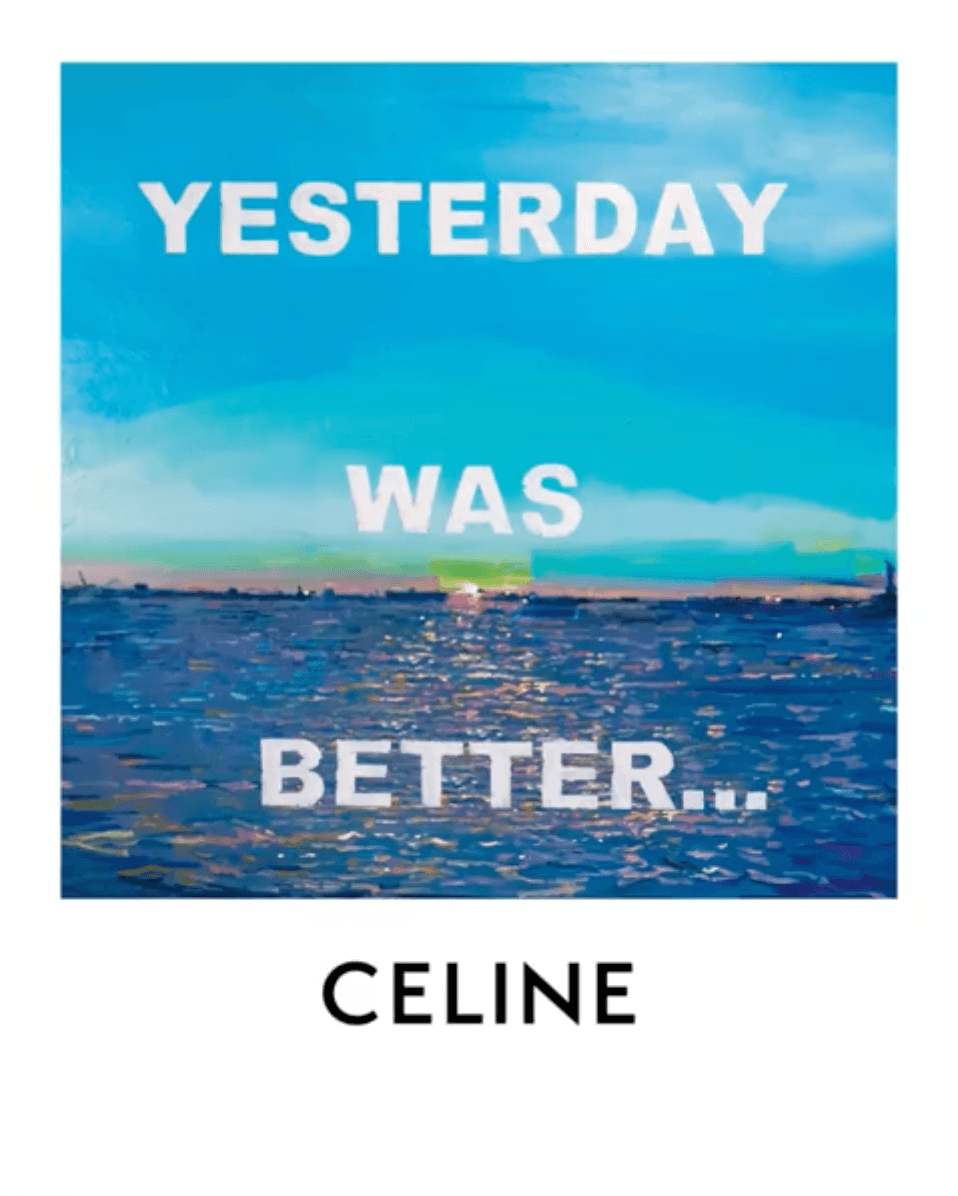
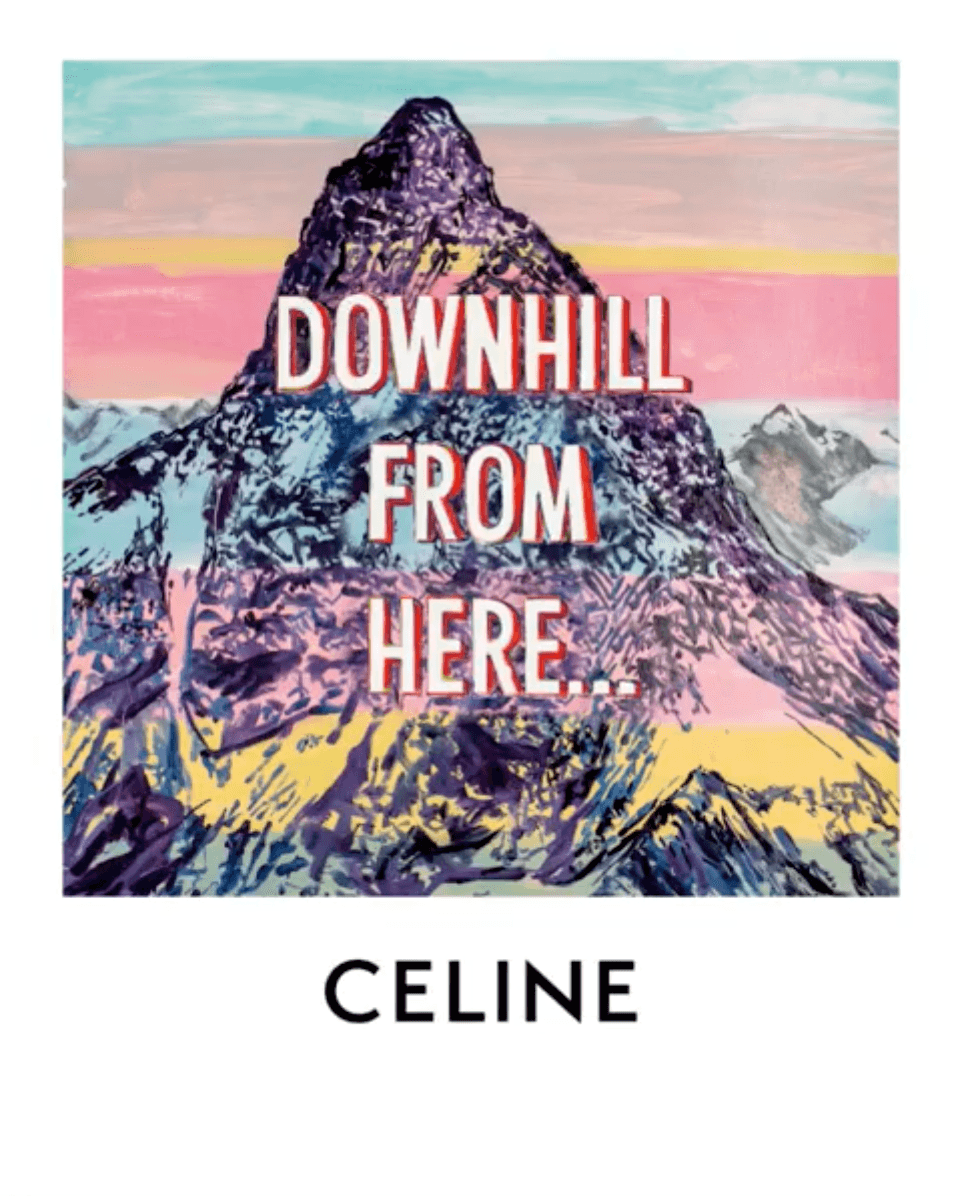
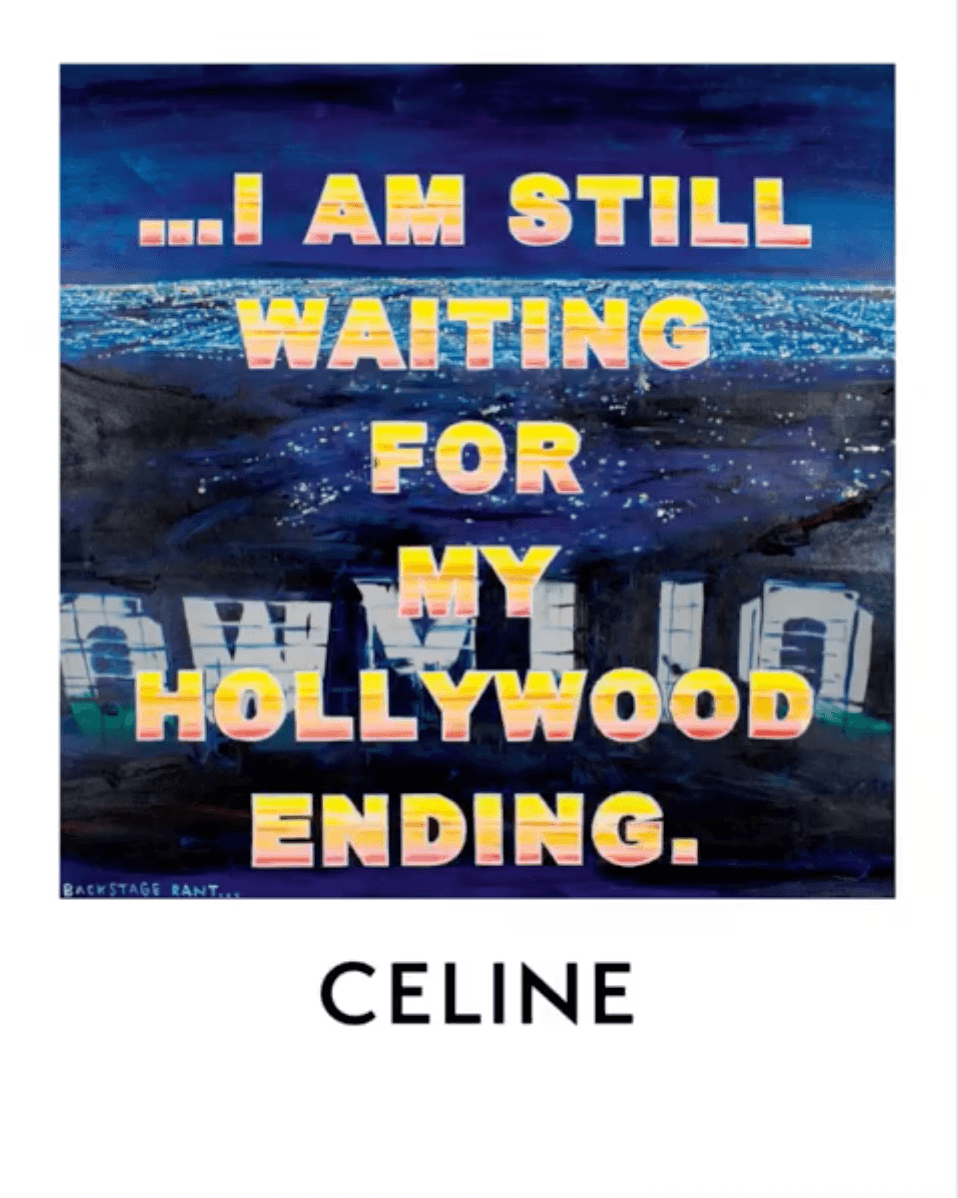
These text-based works, created by New York visual artist David Kramer, became refrains that appeared in the clothes on the runway, where they debuted to an original soundtrack by Brooklyn art rockers Bodega. Kramer’s stylized one-liners made their way into the collection on t-shirts emblazoned with “My own worst enemy” and themed woven totes that read “I am nostalgic for things I probably have never known.”
“Retro nostalgia,” as the CELINE Instagram dubbed it, is a fixture in Kramer’s work, which uses irony to subvert the aesthetics and messaging of the lifestyle advertising he grew up with in the 1970s. The same decade was a clear inspiration for Slimane’s collection, which featured flared trousers, varsity sweaters, and unbuttoned collared shirts in vintage-inspired looks punctuated by skinny ties and aviator sunglasses. In the spirit of our ongoing interest in the forms and futures of cross-disciplinary collaboration in fashion, we spoke to Kramer about working with Slimane, and creating outside of his usual realm of canvas and paper, in the multi-dimensional context of the fashion show.
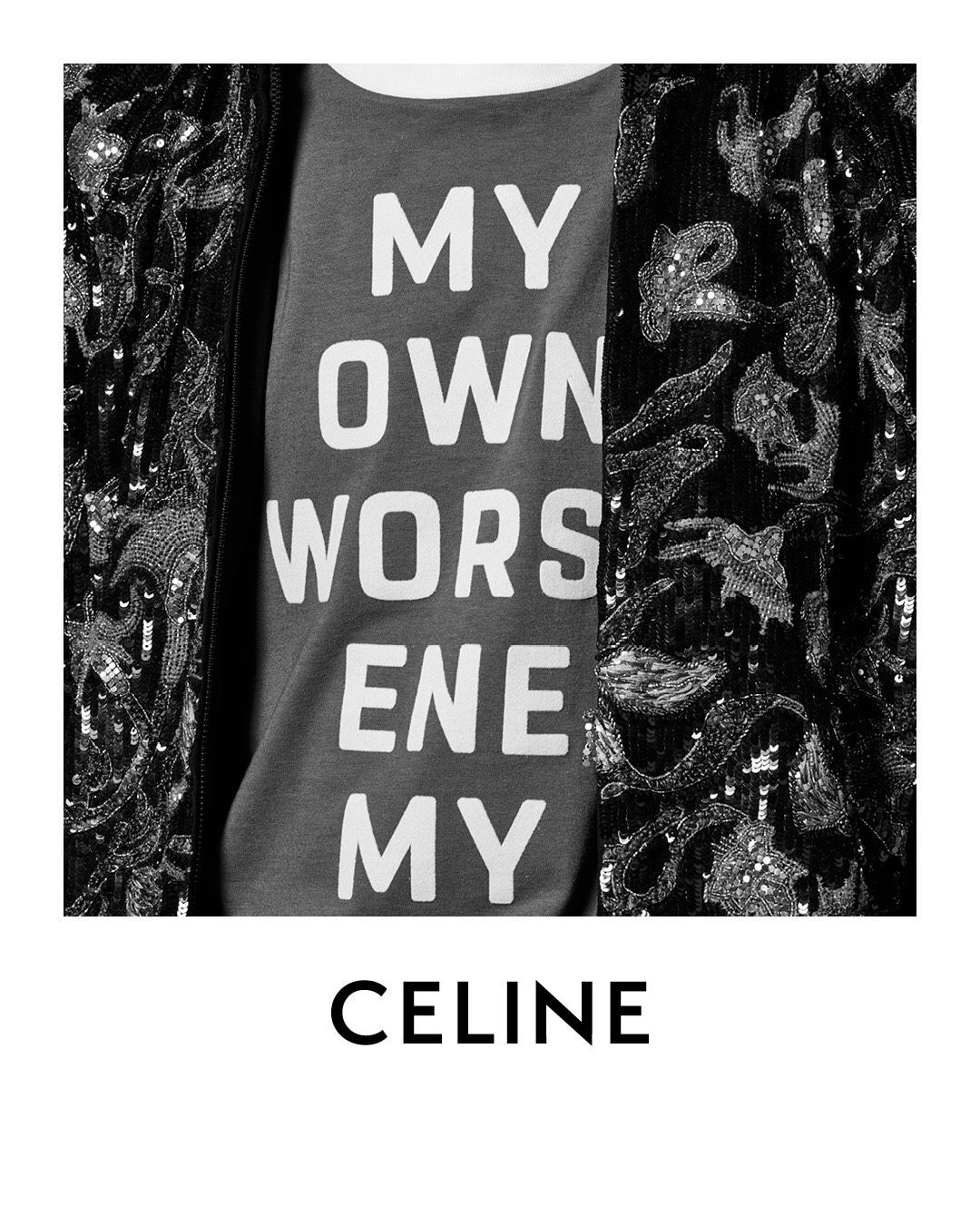
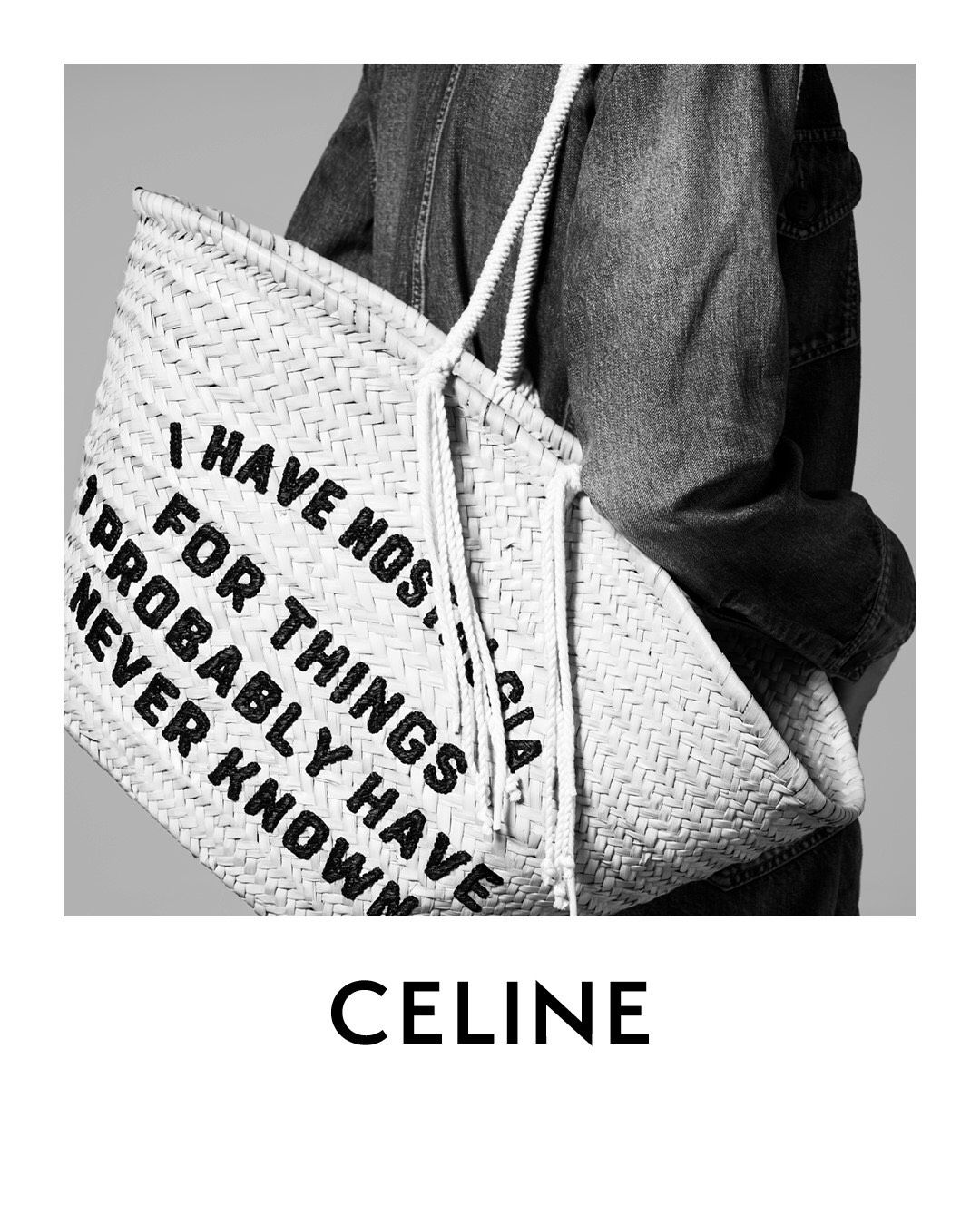
How did the collaboration with Hedi Slimane and Celine come about?
Hedi reached out to me. Totally out of the blue. Of course, I have been working on my own work for years, and obviously Hedi was paying attention. His ideas and my ideas for this current line – we seemed to come at them from the same direction.
Do you have a long-standing interest in fashion?
Not so much fashion, until now, but I have always been really interested in design. I’ve made furniture and t-shirts, beer and wine labels, and pins – all based on my paintings or to use while looking at my paintings. So I’ve always loved playing with new mediums all the time. Recently I’ve been making 1970’s styled hook rugs. But working in fashion seemed anything but obvious.
Your work combines text and image in often humorous ways. Was humor something that you were thinking of with this collaboration, particularly in the often very “serious” context of a major fashion label like Celine?
I am really interested in humor. It is super important to me and my work. I give Hedi so much credit for seeing how humor and irony were possible to work into fashion with this collection.
Can you tell us about your collaborative process with Hedi? How did the collaboration expand your usual repertoire in terms of imagery, language, reference points?
Hedi is an amazing person to work with. It was like we took my original works and pulled them apart and reorganized them into completely new ideas. I loved the way the animation of my paintings looked. And I loved making a book of posters that can only really be seen by pulling apart the book itself. Getting the audience involved is something I have tried to do for years with my artwork. Here, I feel like the invitations really set the tone for everything having to do with the entire line that Hedi developed. I never would have been able to see the work this way on my own. This is something that can only really happen when you open yourself up to collaboration.
